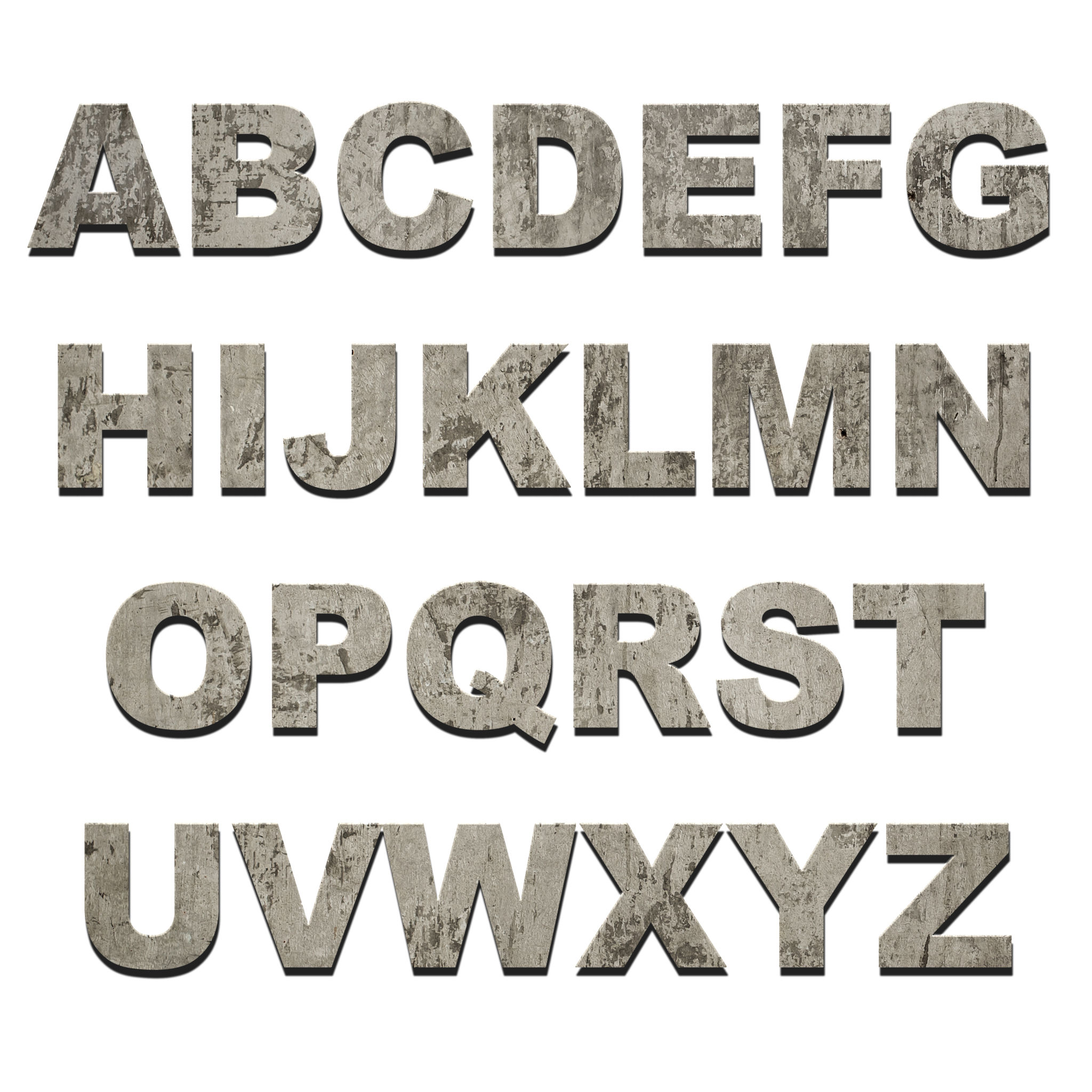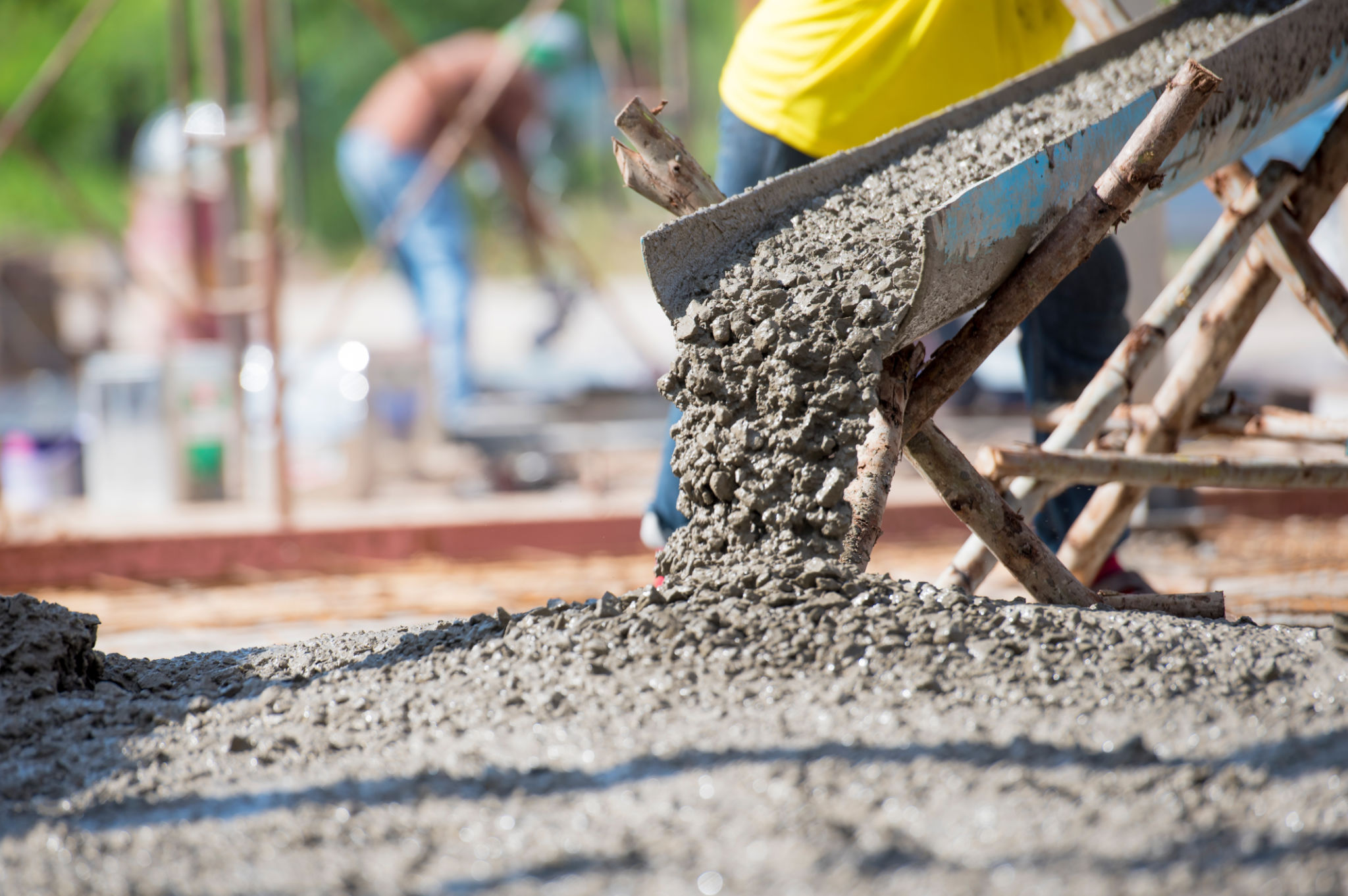Comprehensive Guide to Choosing the Right Concrete Mix for Your Project
Choosing the right concrete mix for your project is a critical step that can significantly affect the durability, strength, and overall success of your construction work. Whether you're working on a small DIY project or a large-scale construction, understanding the different types of concrete mixes available and their specific applications is essential.
Understanding Concrete Mix Components
Concrete is composed of three primary ingredients: water, aggregate (sand, gravel, or crushed stone), and cement. The ratio of these components can vary, depending on the requirements of the project. The water-to-cement ratio is particularly crucial as it determines the strength and workability of the mix. A lower water-to-cement ratio leads to higher strength and durability.
Another important aspect is the type of cement used. There are several types of cement, each with specific properties. For instance, Portland cement is the most common type used for general construction, while high-alumina cement is used in projects requiring rapid strength gain.

Types of Concrete Mixes
Concrete mixes are categorized based on their compressive strength, which is measured in megapascals (MPa). The common types include:
- Standard Mixes: These are best for general-purpose applications, such as sidewalks and driveways. They typically have a strength range from 20 MPa to 40 MPa.
- High-Strength Mixes: These mixes have a strength exceeding 40 MPa and are ideal for structural elements like columns and beams.
- Specialty Mixes: Designed for specific conditions, such as underwater construction or exposure to harsh chemicals.

Factors to Consider When Choosing a Concrete Mix
The choice of concrete mix depends on various factors, including:
- Project Type: Determine whether the project is residential, commercial, or industrial, as each may require different concrete properties.
- Environmental Conditions: Consider factors like temperature fluctuations, exposure to moisture, and chemical exposure.
- Load-Bearing Requirements: Ensure the mix can withstand the expected loads without compromising structural integrity.
It's also essential to consider the aesthetic aspects if your project involves visible concrete surfaces. Different aggregates and finishing techniques can achieve various textures and colors.

Testing and Quality Assurance
Before finalizing your choice, it's advisable to conduct tests to ensure the mix meets the necessary standards. Compressive strength tests are standard practice in the industry to verify that the concrete will perform as expected. Workability tests can also help in assessing how easy the mix will be to apply and finish.
Working with a reputable supplier who provides consistent quality and has a track record of reliability can make a significant difference in the outcome of your project. Always request documentation and certifications that verify the quality of their products.
Conclusion: Making an Informed Choice
Ultimately, selecting the right concrete mix involves understanding your project's unique requirements and balancing factors such as strength, durability, workability, and aesthetics. Consulting with experts or hiring a professional engineer can provide valuable guidance and peace of mind.
Your project's success hinges on making informed decisions at every stage. By carefully considering your options and understanding the role of each component in your concrete mix, you can ensure a durable and lasting result.